
Space
09:25, 30-Nov-2017
Chinese space probe detects signal hinting at ‘dark matter’
By Ren Xueqian
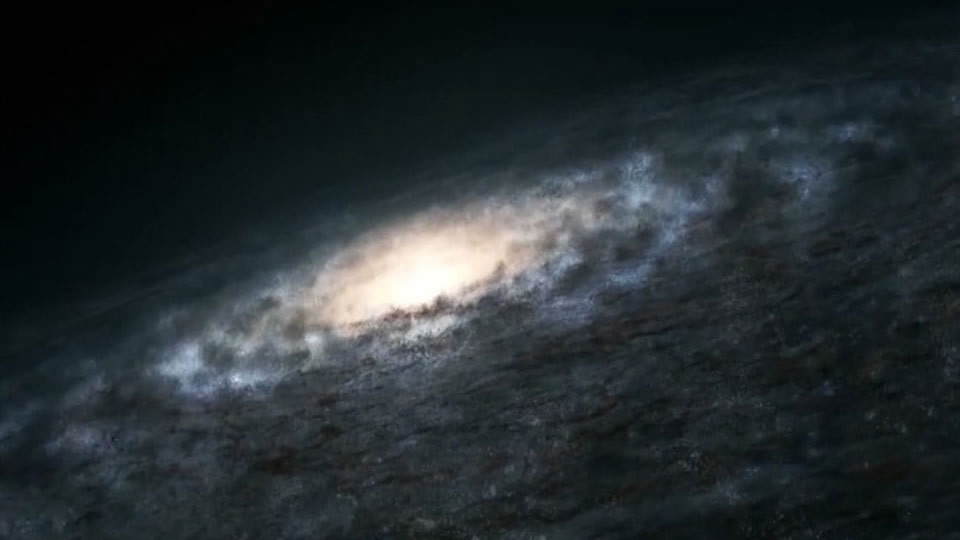
Chinese scientists believe that they have made a breakthrough in dark matter research using data from China's first astronomy satellite – a telescope in space called "Wukong" – or Dark Matter Particle Explorer (DAMPE).
Based on the latest findings published in the scientific journal Nature, researchers at the Purple Mountain Observatory of China Academy of Sciences (CAS) explained how the satellite is able to measure the high-energy cosmic ray electron influx in space, and how the data may shed light on the studies of dark matter.
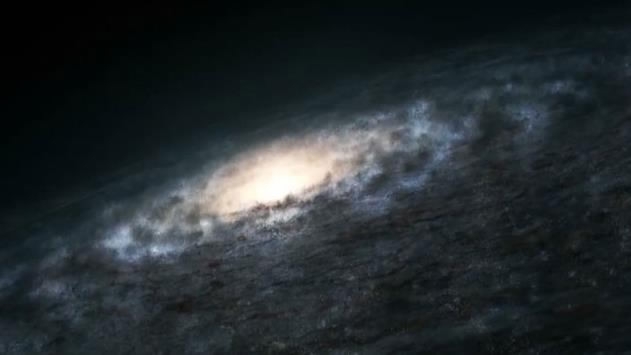
Chinese scientists believe they have made a breakthrough in space exploration using data from China’s first astronomy satellite./VCG Photo
Chinese scientists believe they have made a breakthrough in space exploration using data from China’s first astronomy satellite./VCG Photo
So what is dark matter?
It’s a kind of nonluminous material that cannot be directly observed.
Why?
Dark matter does not interact with ordinary matter, and it’s invisible to light and other forms of electromagnetic radiations – hence the name "dark" matter.
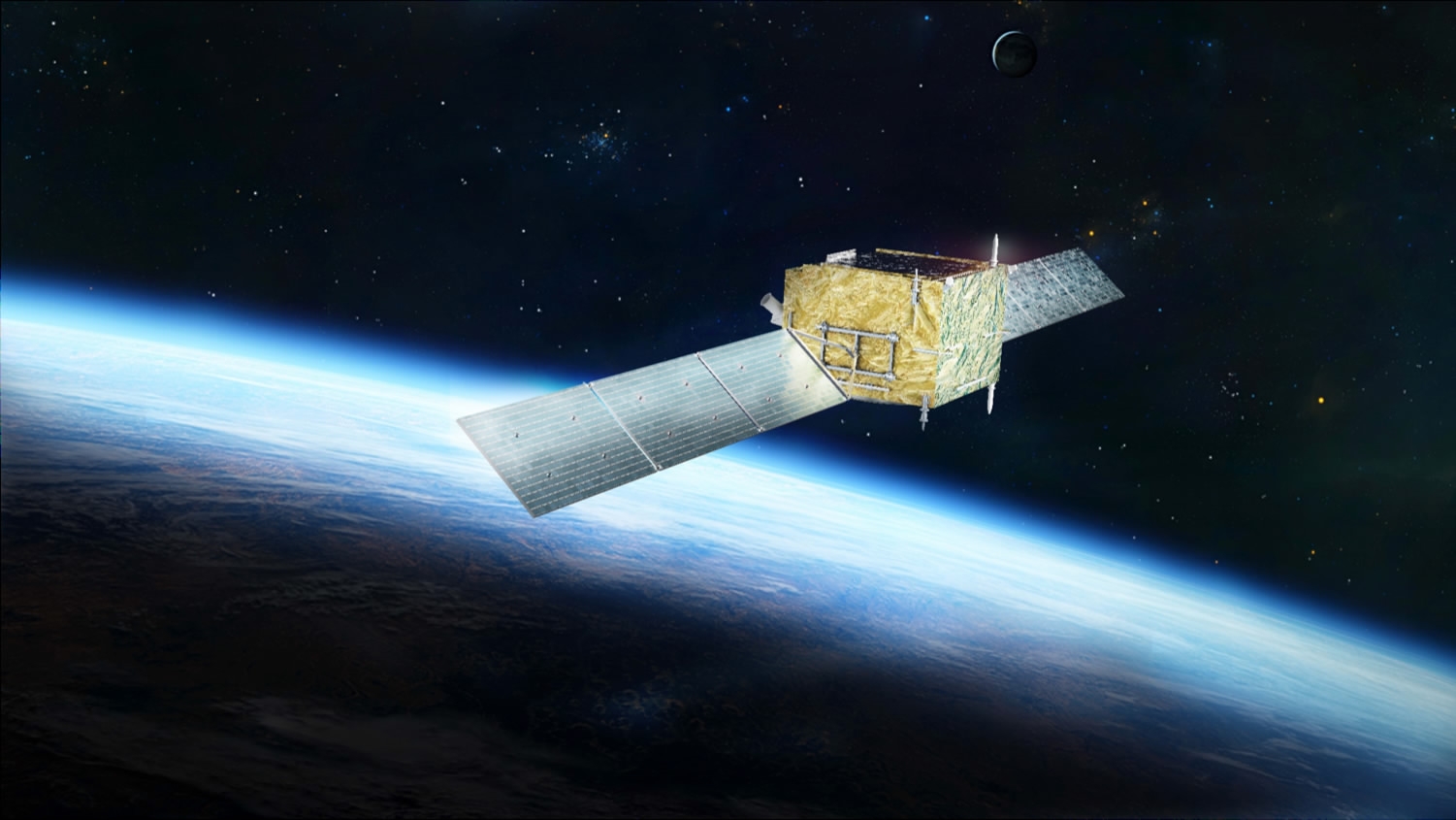
Wukong in space/Chinese Academy of Sciences Photo
Wukong in space/Chinese Academy of Sciences Photo
Scientists said that the universe is mostly made up of this invisible substance. It's five times more abundant than normal matters, known to human beings, making it one of the greatest mysteries for scientists.
But Wukong's recent measurement of the energy distribution of cosmic ray electrons with energies as high as 5 teraelectronvolts (TeV) may shed light on this (1 TeV is approx. the energy of motion of a flying mosquito).
This is important because according to researchers, the measurement may suggest that dark matter is not absolutely "dark," meaning that it can be observed in specific ways, they might be one step closer to discovering what it really is.
"Dark matter is not visible, but when it annihilates or decays, it produces ordinary particles that can be detected and studied,” said Chang Jin, deputy director of Purple Mountain Observatory. “Wukong is able to detect, and most importantly, distinguish different particles, which can help us study them."
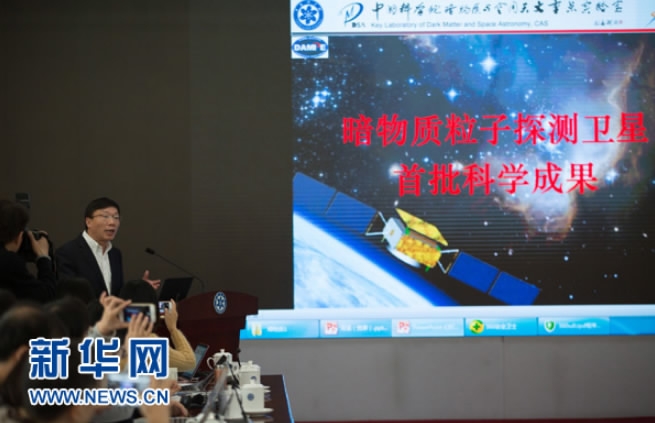
Chang Jin, deputy director of the Purple Mountain Observatory at the Chinese Academy of Sciences/Xinhua Photo
Chang Jin, deputy director of the Purple Mountain Observatory at the Chinese Academy of Sciences/Xinhua Photo
The annihilation and decay of dark matter particles in the Milky Way and nearby galaxies are expected to leave relics in high-energy cosmic rays and gamma rays. By observing these cosmic and gamma rays when they propagate to earth's neighborhood, scientists can, in turn, determine the properties and origins of them.
The figure above shows Wukong’s unique capability to explore new phenomena in the high-energy (TeV) window.
This was made possible as a result of the explorer’s instrumental capability to scan and measure high-energy particles in a broad range.
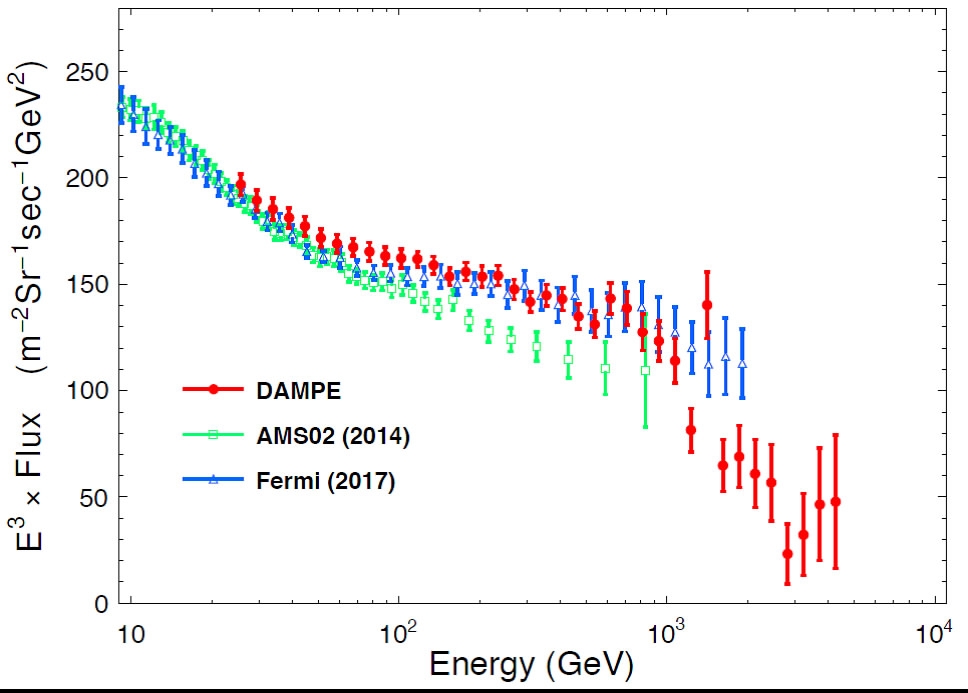
A comparison of electron spectra by different detectors./Nature Photo
A comparison of electron spectra by different detectors./Nature Photo
During the first 17 months of exploration, Wukong was able to detect 1.5 million cosmic ray electrons out of a total of 25 billion events, with unprecedentedly low particle background contamination and high energy resolution.
Since its launch in December 2015, Wukong has recorded about 3.5 billion cosmic ray events, with a maximum event energy exceeding 100 TeV.
The satellite is expected to record more than 10 billion cosmic ray events in the next few years. By collecting more data, scientists are hoping they will give new revelations on the nature of dark matter.

SITEMAP
Copyright © 2018 CGTN. Beijing ICP prepared NO.16065310-3
Copyright © 2018 CGTN. Beijing ICP prepared NO.16065310-3